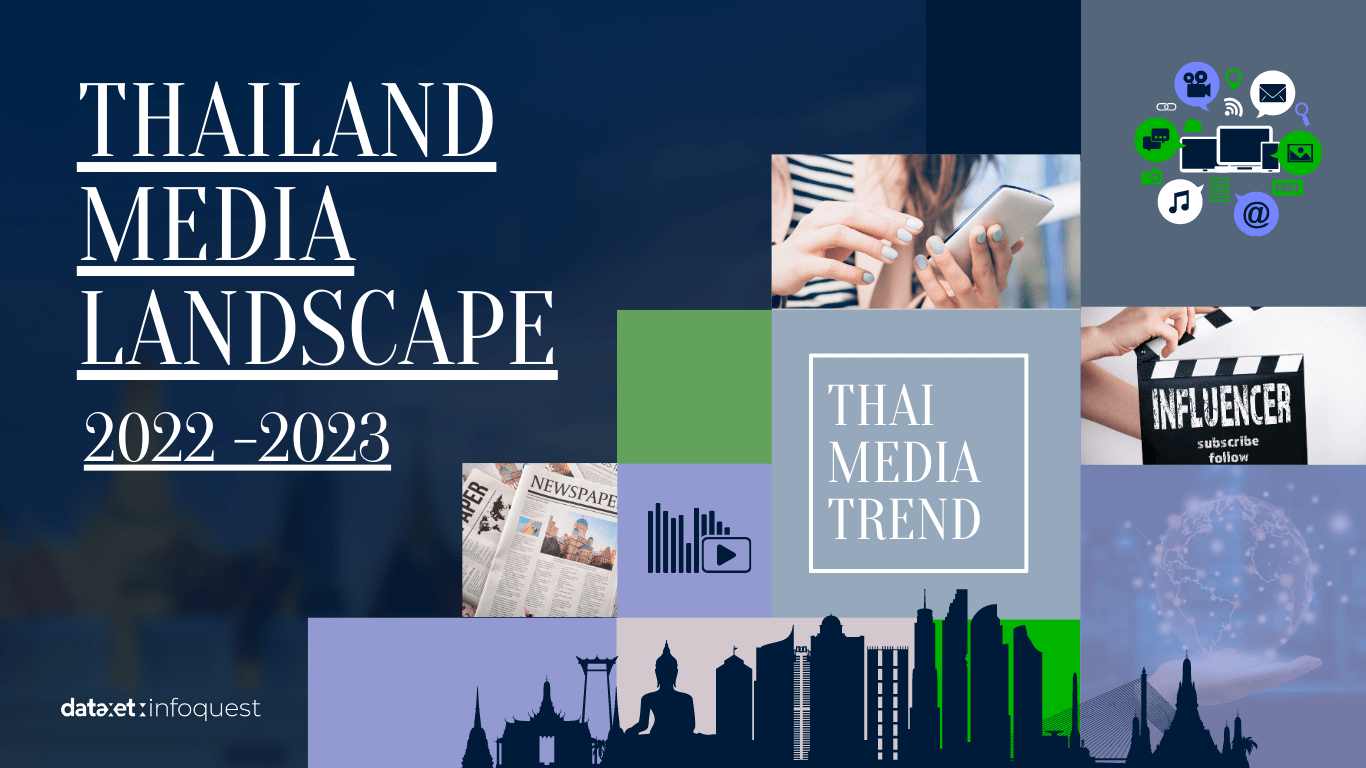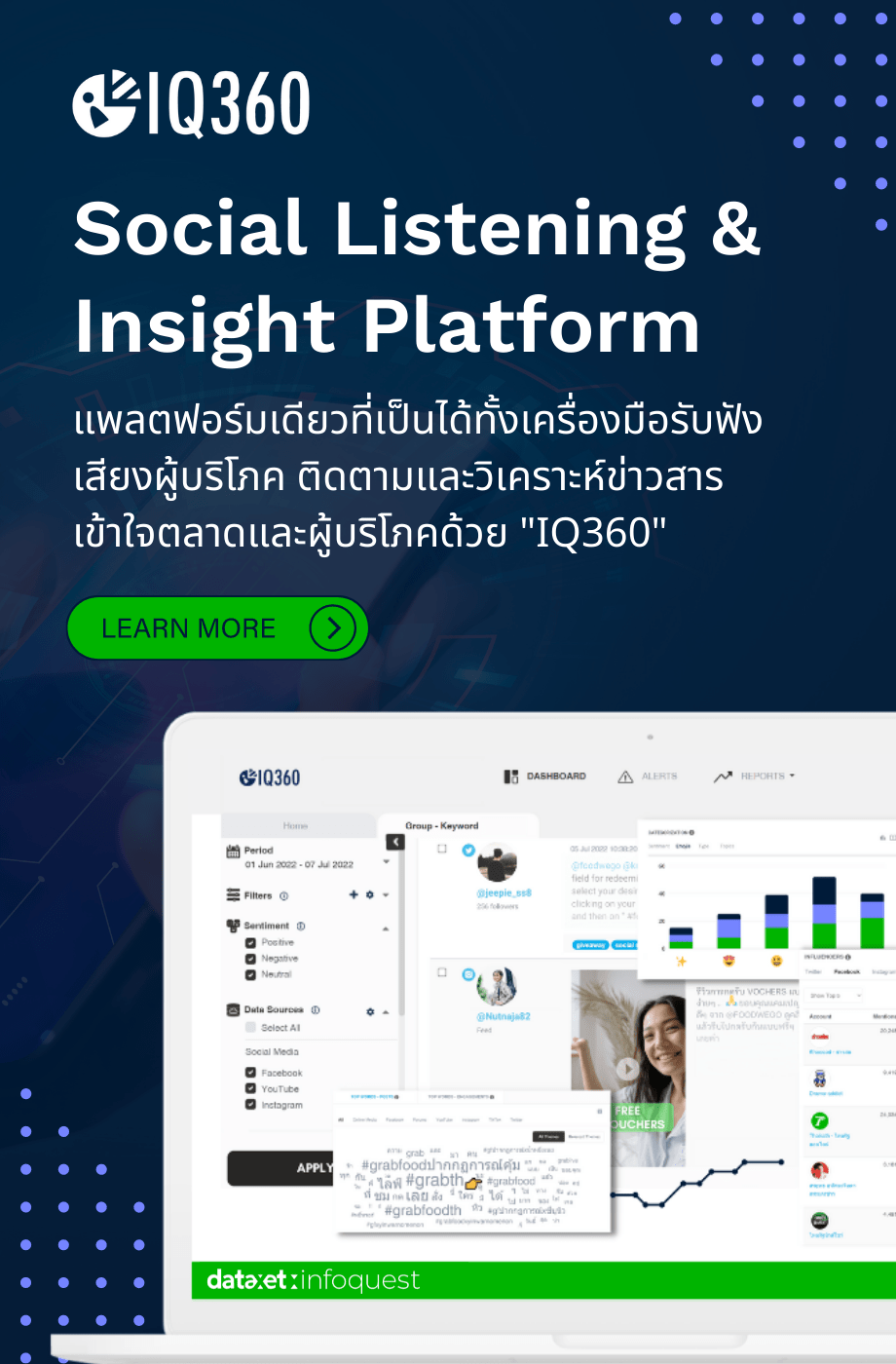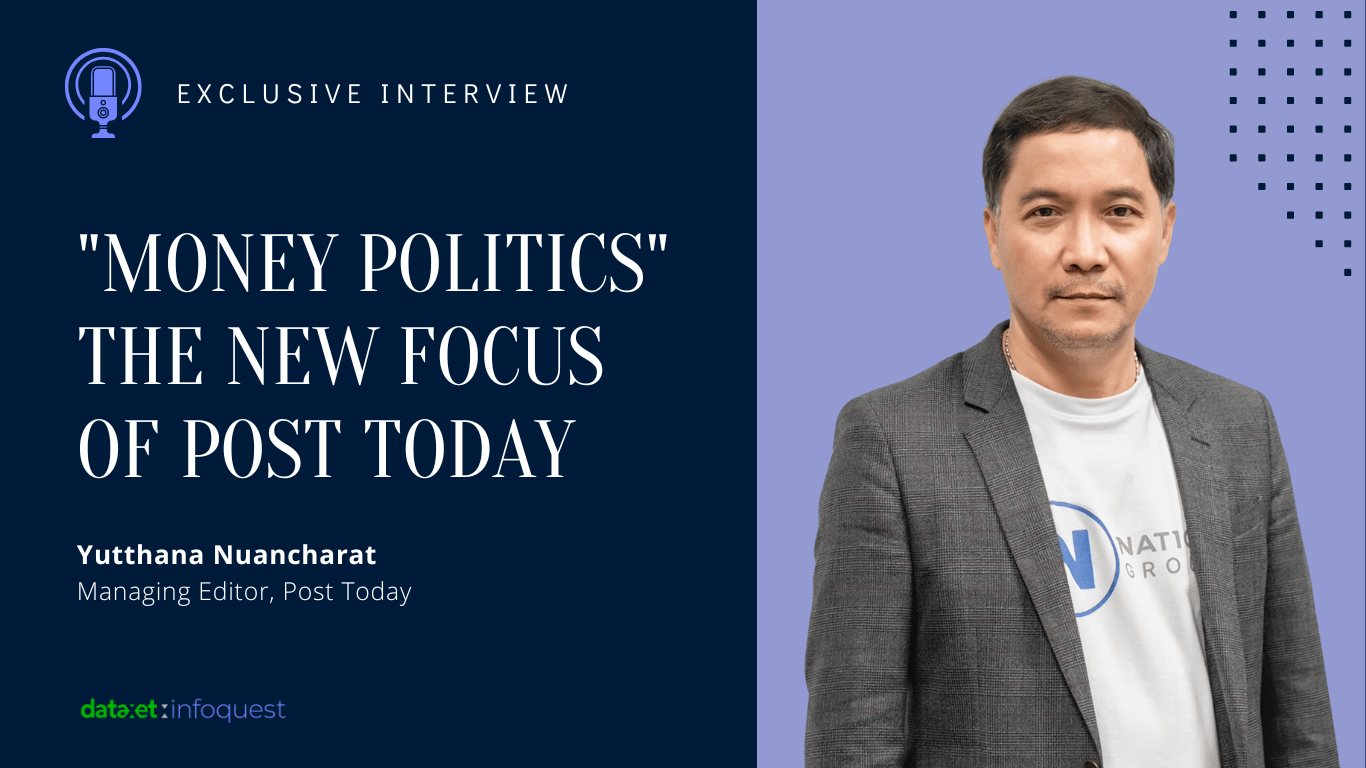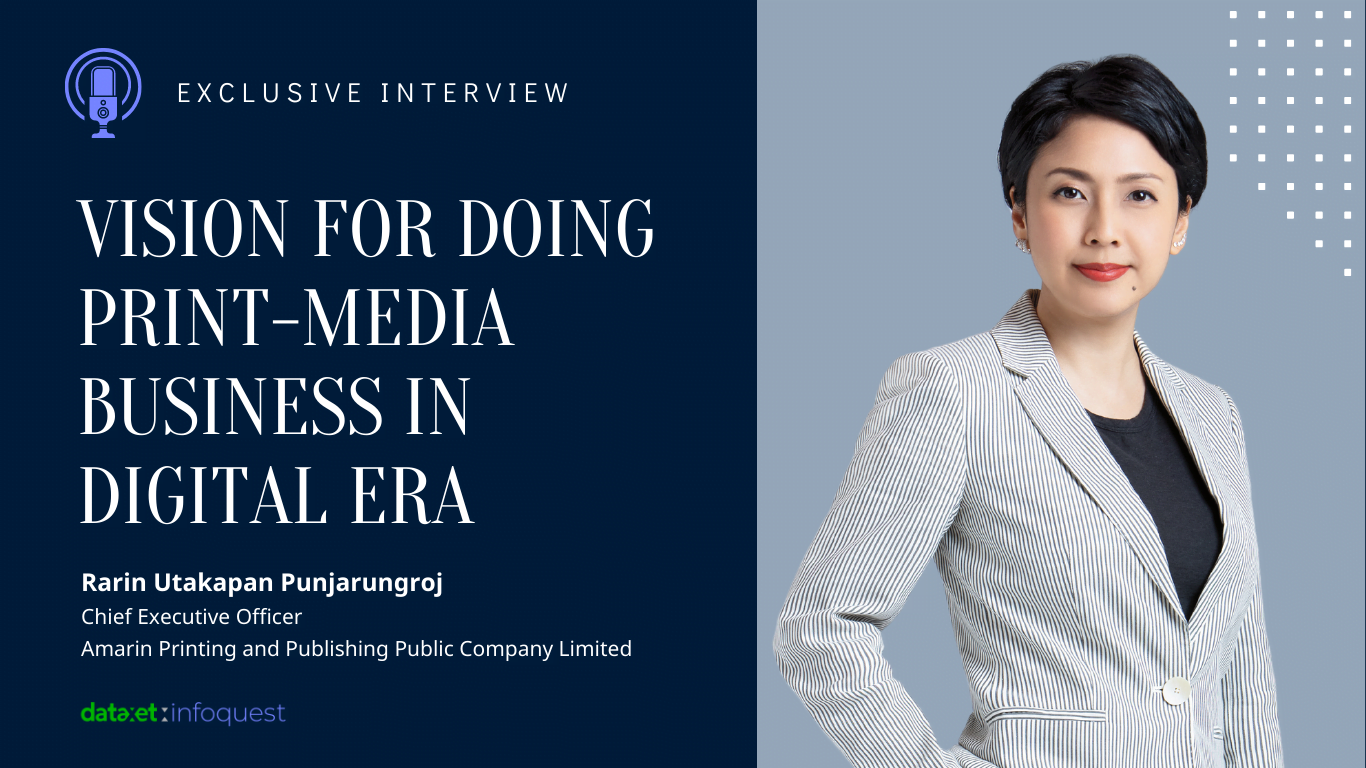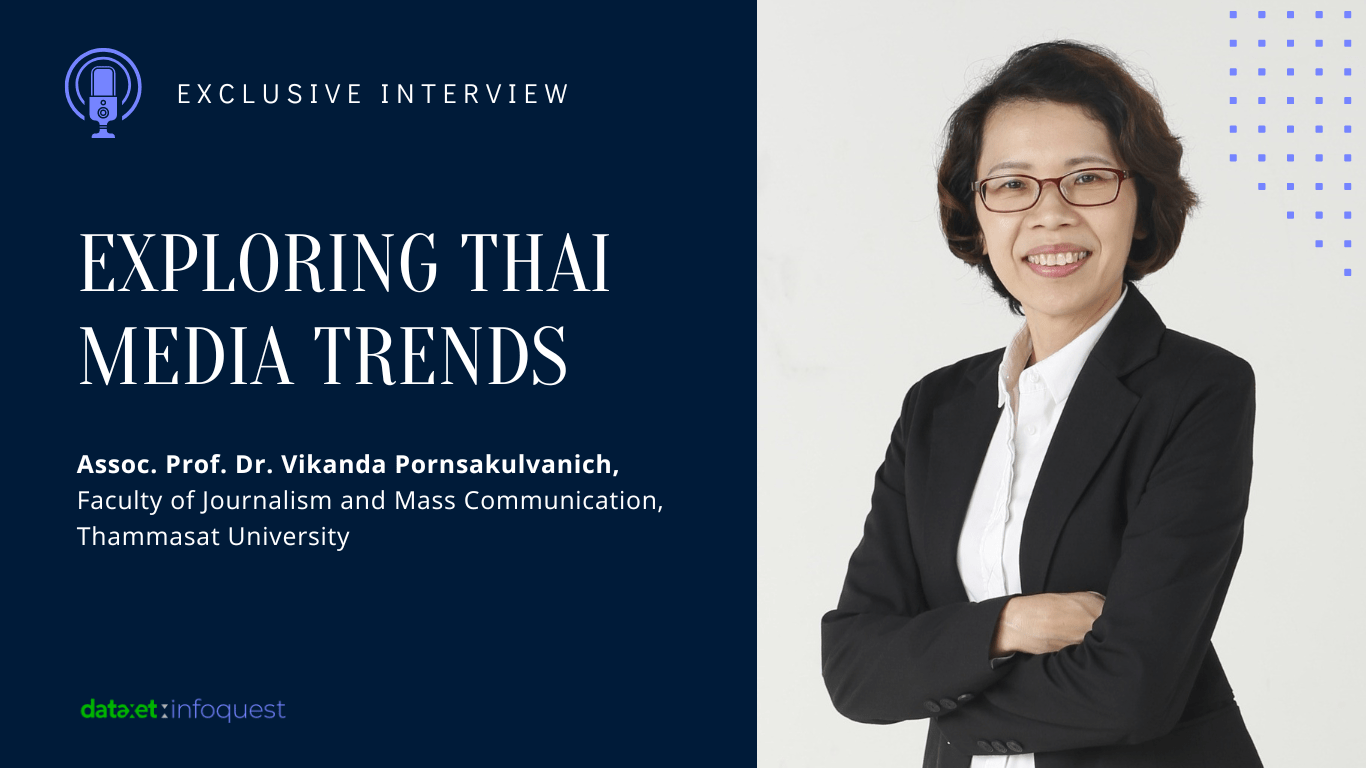Exploring Thai Media Trends with Assoc. Prof. Dr. Vikanda Pornsakulvanich, Faculty of Journalism and Mass Communication, Thammasat University
- มกราคม 3, 2566
- 17:06 น.
Assoc. Prof. Dr. Vikanda Pornsakulvanich, Faculty of Journalism and Mass Communication, Thammasat University, said as online media has become more diverse and solidified, the main challenge faced by the industry is how to adapt to the omnichannel trend. Rather than having a clear separation between online and offline channels, businesses or organizations must learn how to utilize both in order to provide consumers with the seamless media, work and lifestyle experiences.

Dr. Vikanda pointed out that with the media becoming more adroit in rolling out content capturing consumer engagement through social media platforms is the key. For instance, TikTok has positioned itself as one of the most popular platforms among the new generation of consumers. Hence, the content produced by the media platforms and mass media reflects this trend.
People nowadays are using TikTok for various purposes. By sharing their stories on the app, users have contributed to the app’s entertainment, accessibility and popularity,
said Dr. Vikanda.
As for the over-the-top tv (OTT TV) industry, Dr. Vikanda said consumers are becoming more aware of their choices over streaming services. No longer a niche market, the OTT TV industry is plagued with price war as providers are fighting for more subscribers, she said. Therefore, before spending on any OTT TV services consumers usually take more time to consider their options and whether the content and the price match their needs.
Content is still King!

As content remains an essential aspect of media, originality is the key factor to building a reader base and creating compelling and captivating content.
Engagement cannot be overlooked!
According to Dr. Vikanda, engagement will be an important trend in 2023. While in the past the effectiveness of mass communication is measured by whether it led to action, nowadays with the arrival of technology the main focus has shifted toward engagement which includes loyalty and customer relations.

Engagement still plays a role in the communication process. Effective communication should not only lead to purchase decisions. The cognitive and affective communication models have broadened to cover engagement as well.
This means companies cannot depend solely on selling products or the actions of stakeholders or consumers. Businesses and companies now must closely examine post-purchase, and discern what the consumers’ impressions are regarding the product and whether the product is recommended via word-of-mouth.
The changing role of information sender and receiver and the transformation into “media users”
In the past, the roles of sender and receiver were clearly defined and distinguished. However, with the spread of social media, the line between sender and receiver has been blurred.
When information is received, the receiver can become a sender as the information can be disseminated instantly on the internet.
In business, “user generated content” was created, which is content created and published by consumers. This type of content can have considerable impact on the image or reputation of a brand. This has become a challenge for businesses in the age of social media as it is almost impossible to control the message. It can be said that consumers have become “media users” rather than just being a message receiver.
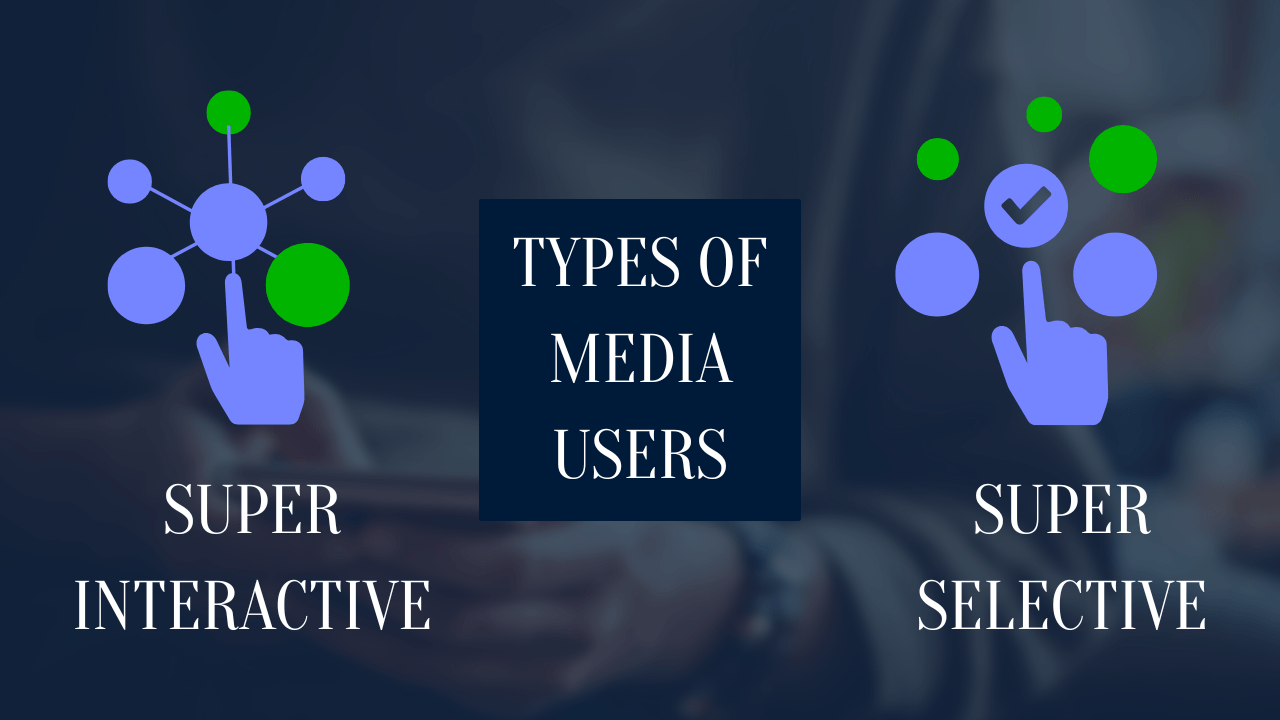
Assoc. Prof. Dr. Vikanda divides media users into two categories: “Super Interactive” and “Super Selective”. The Super Interactive group is actively and constantly using media. They simultaneously consume media from various sources and do not consume from just a few sources. The Super Selective group is selective and filters the platforms that best meet their needs. They consume media from only a few sources and are the opposite of “Super Interactive”.
Therefore, businesses should analyze these two types of media users so that they can learn how to attract the Super Interactive and Super Selective users in order to stay ahead of their competitors.
- แนวโน้มสื่อไทย 2569
- แนวโน้มสื่อไทย 2568
- ภูมิทัศน์สื่อไทยปี 2568
- ภูมิทัศน์สื่อไทยปี 2567
- ภูมิทัศน์สื่อไทยปี 2566
- ภูมิทัศน์สื่อไทยปี 2565
- ภูมิทัศน์สื่อไทยปี 2564
- ภูมิทัศน์สื่อไทยปี 2563
- Thai Media Trends 2026 (English Version)
- Thai Media Trends 2025 (English Version)
- Thailand Media Landscape 2024-2025 (English Version)
- Thailand Media Landscape 2023-2024 (English Version)
- Thailand Media Landscape 2022-2023 (English Version)
- Thailand Media Landscape 2021-2022 (English Version)

